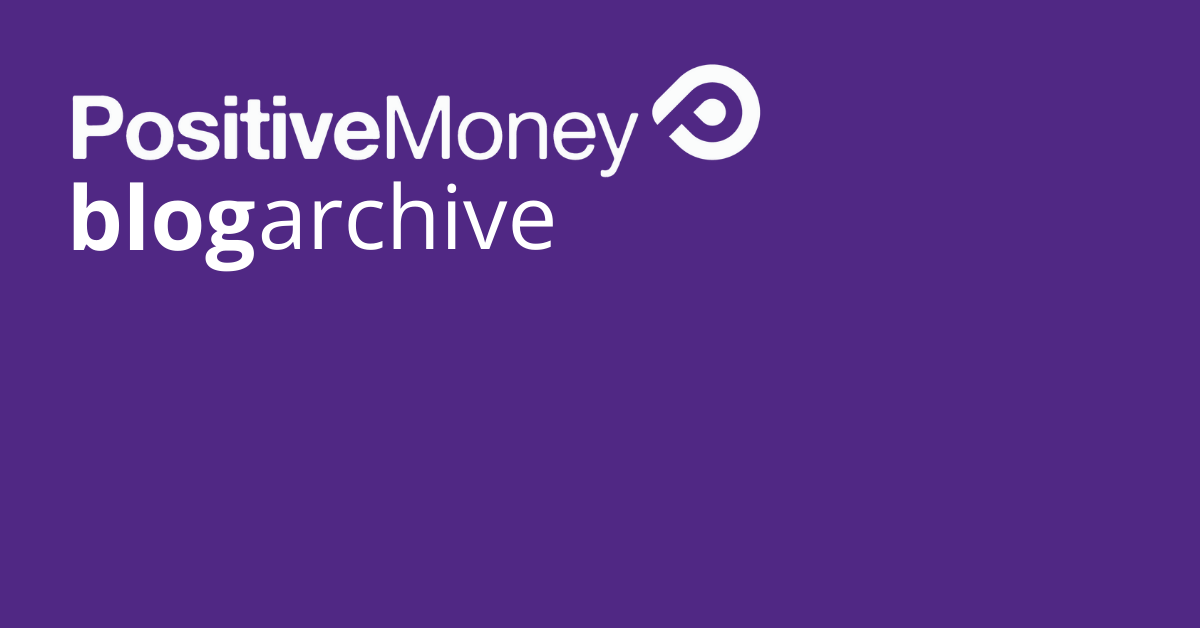Some food for thought on financing the Sustainable Development Goals

Yesterday, the United Nations held a high-level conference on how to finance the Sustainable Development Goals (SDGs). We have therefore come up with some rough ideas on how central banks could help partially fund some of these goals.
Of course, these thoughts are by no means concrete proposals or an ‘end product’. They are merely ideas meant to give policy-makers some food for thought, they require much more research and debate.
Having said that, we are certain that more out-of-the-box thinking needs to be given to the role of central banks in funding the SDGs.
After all, a more active role for central banks in growth and development has been endorsed by both ends of the political spectrum, suggesting that when conducted in a targeted and responsible fashion, these ideas are neither left nor right, but simply the way forward.
Developing Countries’ Tools for Financing the SDGs
First, a bit of background. After the 2008 global financial crisis, central banks in the world’s most advanced economies began experimenting with ‘unconventional’ monetary policy. In an effort to stimulate growth and economic activity, central banks used their power to create new money to purchase unprecedented amounts of government debt.
This process is known as Quantitative Easing (QE). The same process has also been used to a more limited extent to purchase corporate bonds.
The extent to which less advanced economies can implement their own type of QE programmes to fund the SDGs is somewhat limited – due to limited reserve currency positions and less liquid/developed capital markets. However, many developing countries have managed to get round this issue when using the money creating powers of their central bank in a responsible, targeted fashion.
Alice Amsden (2001) and Gerald Epstein (2005) show that the central banks of many of the Asian Tigers used a form of monetary financing to directly fund their development banks (also known as Strategic QE).
Meanwhile, Joshua Ryan Collins (2015) showed that from 1935-1975 the Bank of Canada fully financed its Industrial Development without triggering a balance of payments crisis, let alone undesirable levels of inflation. So using the central bank’s ability to create money to fund a public investment bank is an option worth exploring.
Another less radical option would be for central banks to accept the bonds of development banks as collateral for reserve borrowing from commercial banks. Through this process, commercial banks would be incentivised to purchase bonds of the public investment bank, which could then use its newly acquired funds to finance investment for the SDGs.
Many central banks are also currently exploring the benefits of issuing digital cash and opening up central bank accounts to the general public. This would not only help improve financial inclusion but could dramatically improve the liquidity and reserve currency position of central banks. The central bank of Ecuador is currently exploring this option – and how it could use its enhanced liquidity position to finance a public investment bank.
Moreover, Brimmer (1971) also documents a number of innovative monetary financing endeavours from developing countries. While we have previously written about the successful efforts of different forms of monetary financing by Japan and Germany in the 1930s, the USA from 1917-1981, and Britain up until 2000.
Indeed, at Positive Money we have highlighted how the completely wrong lessons were learned from the previous episodes of hyperinflation (including Weimar and Zimbabwe). We have also shown that there are a plethora of well-known economists and academics that are in one way or another in support of these ideas. That these ideas have been endorsed by both ends of the political spectrum, suggests that monetary financing conducted in a targeted and responsible fashion is neither left nor right, but simply the way forward.
Advanced Economies’ Tools for Financing the SDGs
Advanced economies that are currently implementing their own QE programmes could re-direct their large-scale money creation programmes to help finance the SDGs. Collin Hines and Richard Murphy (2015) note, for example, that the European Investment Bank already invests 10% of its funding in developing countries. The ECB is currently creating €80bn a month to buy a number of financial assets. It could simply allocate a small portion of the €80bn to buy specially issued bonds (designed to fund the SDGs) from the European Investment Bank. The European Investment Bank would then be able to finance investment for the SDGs.
Alternatively, central banks in the major economies could cooperate and work with the IMF, World Bank, the BIS and governments to form a special QE programme, specifically designed to raise funds for the SDGs. These funds could be used to cancel the debts of developing countries (akin to that of the MDGs in the early 2000s) or it could be used to finance new spending. The simultaneous collective cooperation of central banks in advanced economies would dampen any detrimental effects on domestic currencies and would ease the reaction of financial markets.
Of course, there are many more ideas out there, and a lot more can be said about the role of central banks in the financing of the SDGs. As mentioned above, these are not concrete proposals, but simply ideas that we believe are worth exploring and debating.
Ultimately, financing the SDGs will need to come from a combination of funding by the private, public, and non-governmental sectors. Of course, we are not suggesting that the SDGs should be fully financed by central banks, but merely that consideration should be given to how we can maximise the potential of monetary financing by central banks.